I said no to marriage and dedicated my life to archaeology, says Dr Asma Ibrahim, curator of State Bank museum
In 2006, the State Bank decided to establish a museum. At that time, there was a small display on the fourth floor of the State Bank where they had a modest collection of artefacts. This was the time when Dr Asma Ibrahim was doing her post-doctorate in archaeology after getting a Fulbright scholarship at the University of Wisconsin, Madison.
"When the post for this museum was announced, I applied and was hired. I was given a free hand to plan and set up the museum." She calls the museum her "baby".
Pakistan's first state-of-the-art Monetary Museum
The museum is Pakistan’s first state-of-the-art Monetary Museum; it has an art gallery and is also a member of the International Council of Museums and the Commonwealth Association of Museums.
Dr Ibrahim recalls that soon after she joined the State Bank, her mother was bedridden after suffering a stroke. “That was a tough time for me, as I had to look after my mother and deal with the museum at the initial stages. My mother passed away just a month before the inauguration of the museum but I didn’t cancel the date of the inauguration of the museum.”
Now, the fully-accessible museum — wheelchair friendly, deaf and dumb friendly, and blind friendly — comprises eight galleries. It houses two coin galleries (coins from pre-historic age up to the eighth century AD in one gallery, and the other for Islamic coins from the eighth century till recent times); a currency gallery; stamp gallery (with stamps dating back to 3,000 BC); the State Bank gallery which exhibits the record of the SBP’s foundation; the State Bank Governors gallery; and an art gallery.
Of special interest are the murals by Sadequain relating to various themes of the State Bank which he was commissioned in the 1960s. A huge mural called ‘Freedom Fighters’ and a Quaid-i-Azam mural (20 feet by 10 feet) was donated by the late artist Zahoorul Ikhlaq.
In order to attract more visitors, the State Bank museum has been made fully interactive. From the displays, to the lighting, everything leads the visitor from one thing after the other.
"To make this museum attractive, I trained six interns from the visual studies department at Karachi University for the first time in museum graphics." Audio commentaries complement the displays.
"Everything is digitalised; for instance, if one wants to find out about any coin from the 7,000 coin collection, it is just a click away," she says. The museum is also included on Google Arts & Culture space since August 14. And the 3D virtual tour of the museum is very popular.
The future of archaeology haunted by the past
Dr Asma Ibrahim’s passion for archaeology dates back to her student days when she was briefly introduced to the subject of human evolution.
As the Karachi University did not have a department of archaeology, she had to enrol in the department of history where, to some extent, she studied archaeology as well. And it was because of her love for the subject that she assiduously fought against the discrimination and bias she faced at every stage and which made her carry on with her work.
Similar to establishing the museum, gaining professional recognition as a woman in the field of archaeology was tough.
Ibrahim faced an initial setback at securing a position at the department of archaeology.
"After doing my masters, I approached Dr Khursheed Hasan, then director general of the Department of Archaeology and Museums run by the government of Pakistan, in a bid to join the department. He scolded me — in fact snubbed me — and sent me back saying that girls cannot join the archaeology department."
Disappointed, she took up journalism, wrote for several publications and wrote two course books for children as well.
After attending a course at the Lahore Museum by Dr Ahmed Hasan Dani, an authority on Central Asian and South Asian archaeology and history, she acquired a PhD in numismatics (study of coins) on Dr Dani’s advice.
In 1990, she finally joined the Department of Archaeology and Museums through the Federal Public Service Commission. “But because the department was not happy with me being there, I was posted in the exploration and excavation branch which was kind of a dungeon and a storehouse for all sorts of bones and material excavated from different sites and was a very horrifying place. Perhaps they thought I will run away,” the archaeologist says.
However, she stuck to her guns and set about cleaning and organising the whole branch.
In the same year, a French mission headed by a woman archaeologist, arrived in Pakistan and Dr Ibrahim sought her DG’s permission to go for excavations. He refused straightaway, saying that girls were not allowed to go for excavations. However, on her persistence he conceded on the condition that she furnish a letter signed by her parents that if anything happens she herself will be responsible. Her mother signed the letter for her and she was allowed to go.
Whereas Dr Ibrahim fought to make a place for herself in the field, she understands why few women followed her footsteps. Some young women do join the department, but leave without completing their studies, especially after marriage. “They are not allowed to go for field work, leaving their children behind for two to three months, to work on the field. It’s a social and cultural problem,” she says.
The archaeologist takes cues from one of her teachers, who was her mentor. She advised the young Asma to not wait for others to do something but do whatever she can in her capacity. In doing so, at least at the State Bank Museum, Dr Ibrahim gained support from the bank and its governor who provided sufficient funds to carry out her ventures.
She recalls in a light-hearted way that the principal of her school, Safia Khan, used to tell her, “Asma you are not like an ordinary girl; ordinary girls get married, have children; but you are an extraordinary, intelligent girl. You should do something different in life.”
The archaeologist seems to have taken that advice to heart. She refused to marry the person who told her that she will have to give up archaeology. “I thought over it and everything was going in favour of archaeology and so I said no to marriage and dedicated my life to archaeology. And I never regretted it.”
The case of the Persian mummy
In 2000, she became quite famous when the case of a Persian mummy made headlines.
The archaeologist recalls that “The mummy was claimed to be of an ancient Persian princess over 2,600 years old, encased in a carved stone coffin placed inside a wooden sarcophagus. When I saw the mummy I could tell that it was a fake as there was fungus on it which meant there was a dead body inside.”
Despite pressure from everyone to declare it authentic, she held her ground and took a stand against the influential person who had bought it at a high price. “In the present day, they could have just shot me and left but at that time it was different,” she adds laughing.
After the mummy incident, she had a job offer from England as she was receiving death threats from the mummy buyers and being pressurised to call it authentic. The department, too, had penalised her for taking a stand and again sent her to the exploration branch. But she refused to leave the country. “It’s all circumstances and destiny, like [when] I got hold of this mummy I didn’t know I would get worldwide fame due to that. But your determination in life and goals are also important,” she concludes.
Preserving and smuggling relics
Dr Ibrahim is unhappy with the storage condition of ancient relics at the National Museum.
"Previously it was because of shortage of funds but now the Sindh government has sufficient funding, yet there are no plans for training staff to take care of these things. Everything cannot be treated in the same manner. If it is textile it needs a different kind of storage than manuscripts and stone objects."
Vocal about the state of affairs, she says that unless the flaws are flagged things will not improve. "Brushing the problem under the carpet will not solve the problem."
As for ancient relics being stolen or caches being recovered, she attributes these instances to illiteracy and poverty. “People are illiterate and don’t know the value of these things. While working in Balochistan we could see antiquities being smuggled through Iran. But when told not to do so they would say ‘Madam, do we consider these things or care for our hunger?’”
About the involvement of foreigners in theft of antiquities from excavation sites, she says that though there may have been instances in the past, smuggling has become difficult because everything is computerised and scanners are in place.
“At some point, it was very common all over the world for foreign missions to take things along with them,” she says.
"In fact, when a foreign mission went anywhere for excavation they were allowed to take a certain percentage of the excavated relics under the contract. This was because the locals did not have the expertise and relied on foreign missions for excavation. Due to this, during the early stages of excavations in the Indus region, a large amount of material was taken away. Now, Unesco has made a rule that if a country wants to take back their collection they can do so, and a lot of countries are taking back their collections."
As far as allegations of theft from museums are concerned Dr Ibrahim says, "Things are stolen because you don’t know where they are located. If they are not properly digitalised how would you know where they are?"
Tapping our potential
The museum is not the only thing that keeps Dr Ibrahim busy. She does a lot of voluntary work, is president of the Karachi Conference Foundation, and runs an NGO — the Sindh Exploration and Adventure Society — which does conservation work and documentation of heritage.
Along with a fellow archaeologist, she also established, with their personal funding, a Centre for Archaeological and Environmental Research in Korangi. The centre has a conservation lab, a library, a documentation centre and holds trainings in ancient arts and crafts.
To date, there is no department of archaeology in Karachi University. "This is very sad and I have brought it up at all forums that we need a department of archaeology."
But merely setting up a department will not change anything, she says. "It’s all interrelated. If there are no jobs, or there’s a ban on recruitment, the students feel discouraged. Why would anyone study a subject when there are no jobs for it? The government has to work on this, create jobs so students see a future in this field and are encouraged to study."
Pakistan is rich in archaeological sites, she points out. "In Balochistan, especially, there is a site at almost every kilometre but there is no department of archaeology in Balochistan, either. Khyber Pakhtunkhwa, however, is doing well in this regard. There is a big department and they have a [flourishing] job market."
Originally published in Dawn, EOS, October 29th, 2017


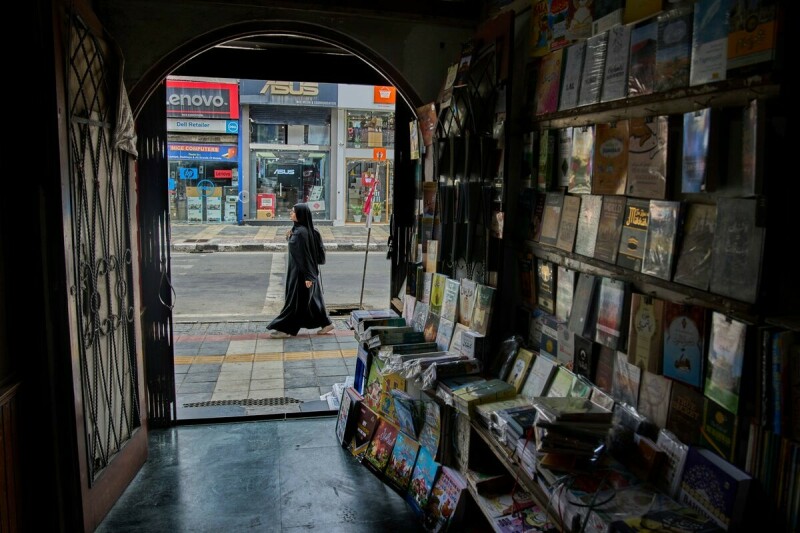

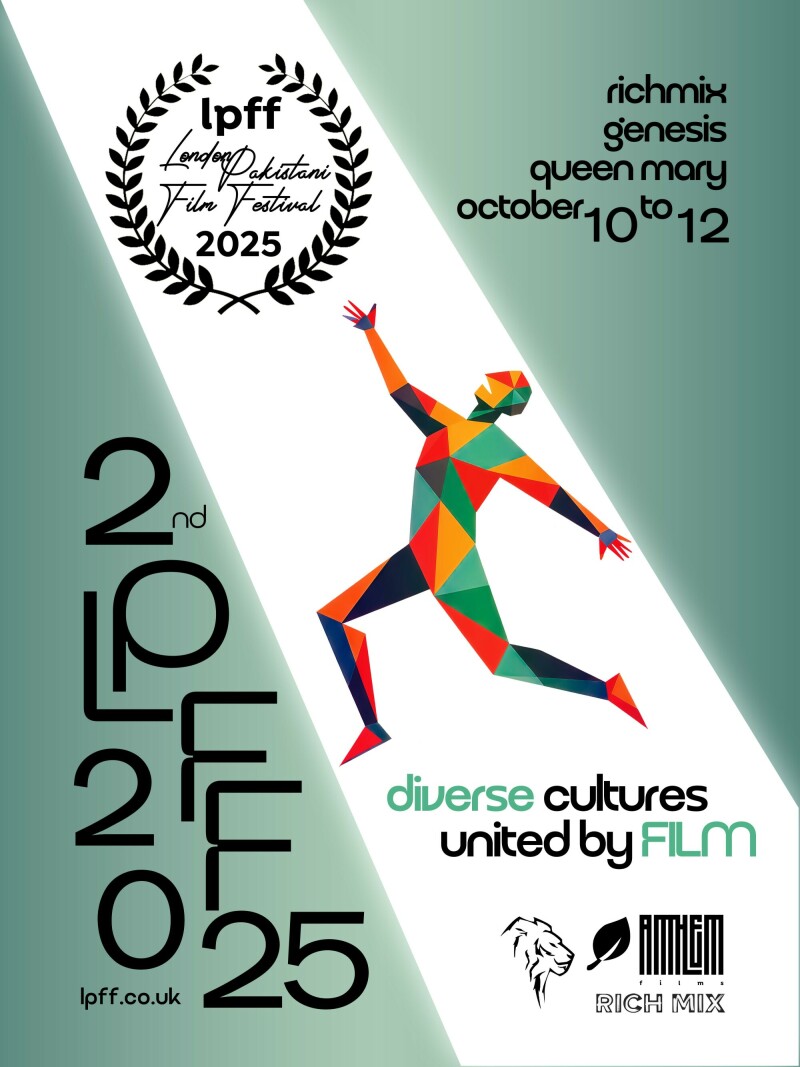
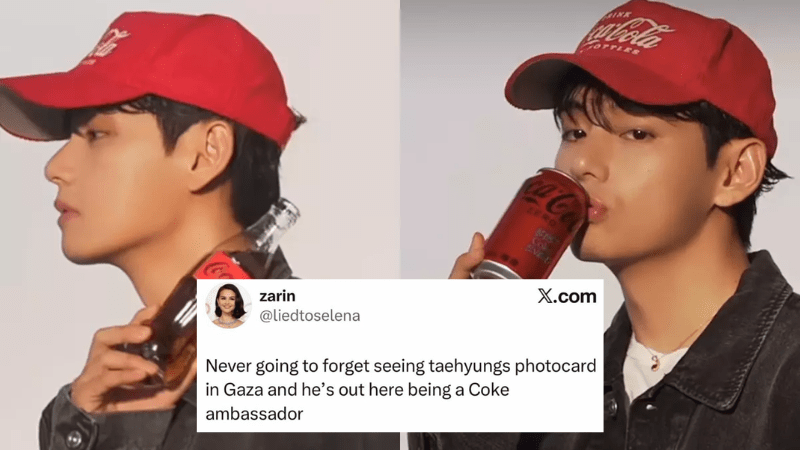


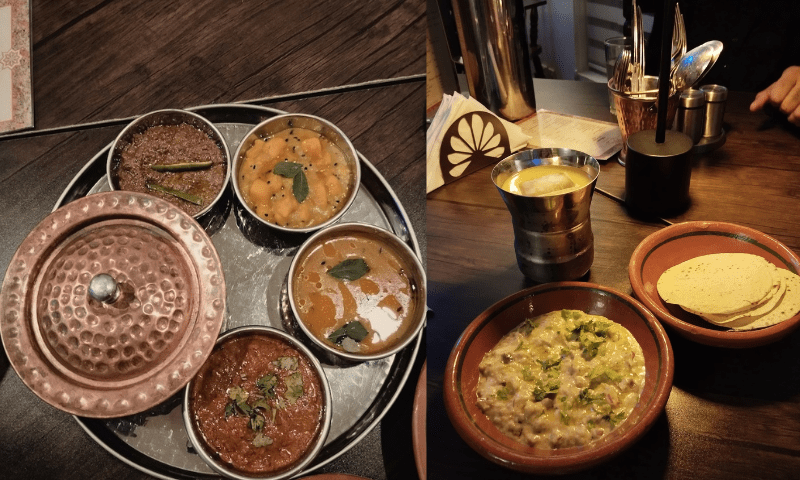
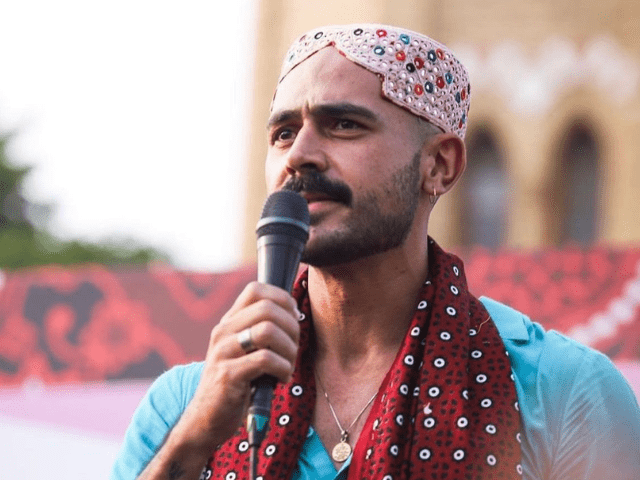
Comments